Pruning Practices Much of the damage can be mitigated by using standard pruning practices. Obviously damaged limbs or trees should be removed. Brian Hudelson, UW-Plant Disease Diagnostic Clinic provides advice on those practices. Late winter is an excellent time to prune since it is easier to see where to cut and to reduce the chance of diseases. Hudelson writes: “Check out Wisconsin Garden Facts XHT1013 (Pruning Evergreens), XHT1014 (Pruning Deciduous Trees) and XHT1015 (Pruning Deciduous Shrubs) for pointers on how to prune. Prune only when it’s dry and decontaminate pruning tools between cuts (or at a minimum between each tree or shrub) by treating them with 70% alcohol (e.g., rubbing alcohol right out of the bottle, spray disinfectants containing ~70% alcohol) or (in a pinch) 10% bleach. Decontaminating tools kills off disease-causing organisms that you might pick up as you prune. Once done pruning, if you’ve used bleach, be sure to thoroughly rinse your tools, and oil them to prevent them from rusting.” Kevin Schoessow, UW Extension Area Agriculture Development Educator for Burnett, Sawyer and Washburn Counties, has been getting questions about tree wound sealants. He does not recommend applying anything including a wound sealer to the damaged area. "Just let it be. The surface may bleed sap but overtime it will dry and the callus formation and compartmentalization will follow (may take several years). The only time a wound sealant is recommended is on pruning cuts or injuries to oak trees (red, pin, black) during the growing season. The reason is to provide a physical barrier to reduce the spread of oak wilt by sap feeding beetles." Below is a link to an article that you may find reassuring. The second page discusses Care for Tree Wounds. https://extension.tennessee.edu/publications/Documents/SP683.pdf This one from University of Illinois is a good read too. https://extension.illinois.edu/blogs/good-growing/2020-09-02-should-we-paint-tree-wounds Bent Trees There are many trees and large shrubs that have bent over, many with tips frozen in the snow. Shrubs can be pruned, but what to do about trees? Paul Cigan advised: “Many birch and aspen, but not all, have significantly straightened since December. Some will suffer a permanent lean. If a tree has over 30% lean following spring thaw, it will likely suffer from permanent bending. I would recommend waiting until consistently warm weather above freezing to determine if a given tree should be cut based on non-correctable lean.” Oak Trees According to Paul Cigan, Forest Health Specialist with Wisconsin DNR, it’s important to avoid any cutting or injury to oaks after March and through the end of July. Broken limbs and broken stems should be cut prior to April. A pruning sealer is not recommended unless the cuts will occur after March. More information is available on the DNR website: www.dnr.wisconsin.gov/topic/foresthealth/oakwilt and this article on storm damage: https://forestrynews.blogs.govdelivery.com/2022/05/12/spring-cleaning-storm-damage-cleanup-brings-oak-wilt-risk/ Spruce and Pine If a spruce or pine has the top broken off, will it continue to grow? According to Paul Cigan: “Many spruce and pine with broken terminal leaders can be nursed and kept growing well in the long term by cutting off all but one of the lateral branches. Selection of the strongest lateral branch should be made. Over time, the remaining lateral branch will grow upward and assume the main leader position. The tree will show a signature of the lost limb for decades or permanently, but it can still provide ecological and economic services to the property.” Tree Debris Already those limbs that broke are starting to show through the melting snow. That debris can be turned into opportunity by leaving some to decompose in a natural woodland edge. Chipping the limbs and using as mulch in planting beds or at the woodland edge is an excellent use of the material. It is beneficial for the woodland habitat. Wisconsin DNR provides advice to wood lot owners in this online article: https://dnr.wisconsin.gov/topic/forestlandowners/stormrecovery/firsts
0 Comments
Leave a Reply. |
|
| North Country MGV | gARDEN bLOGS |
Location |
|
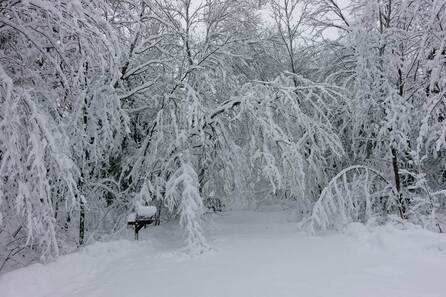
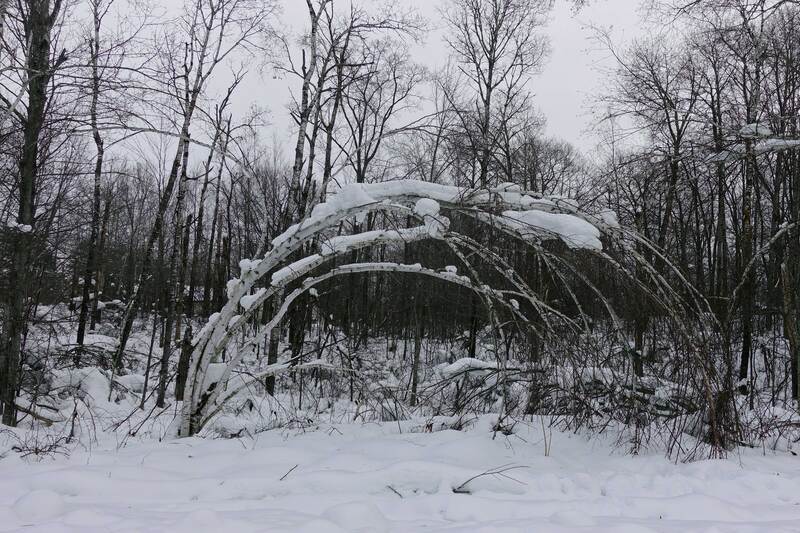
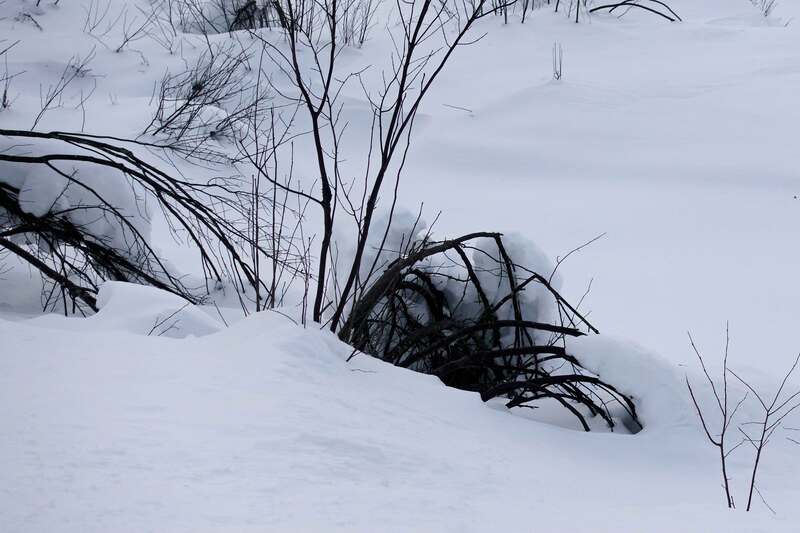
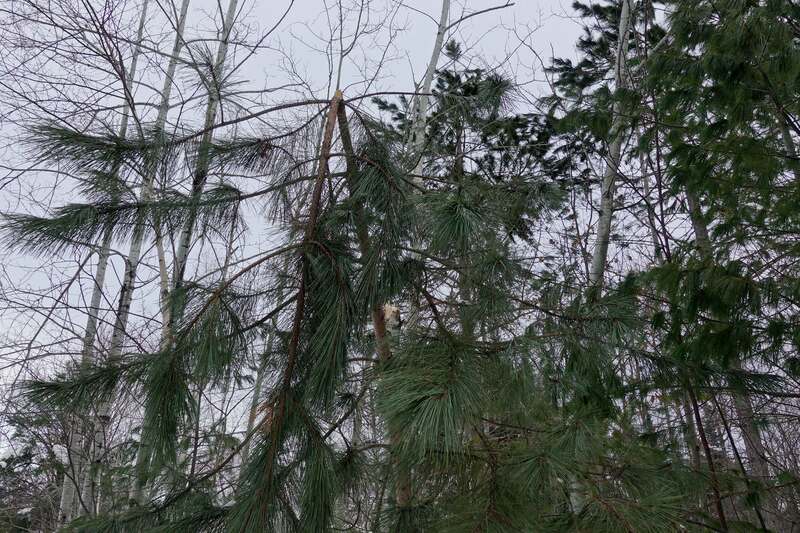
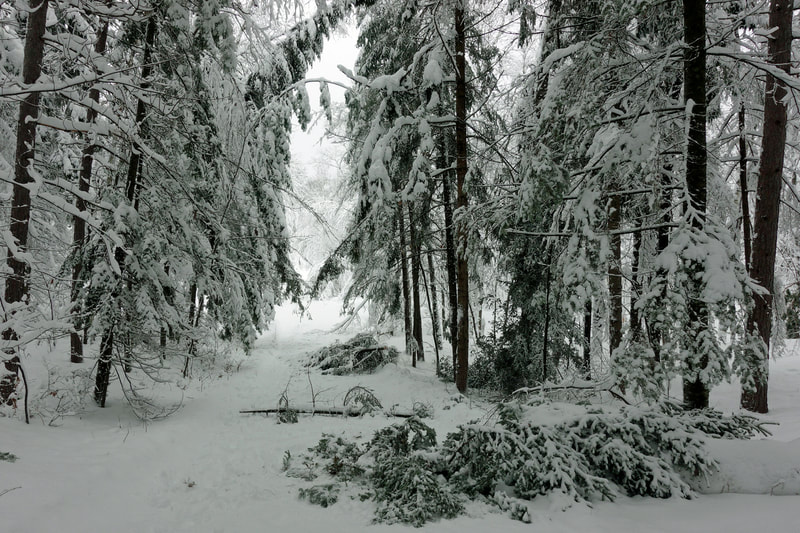
 RSS Feed
RSS Feed